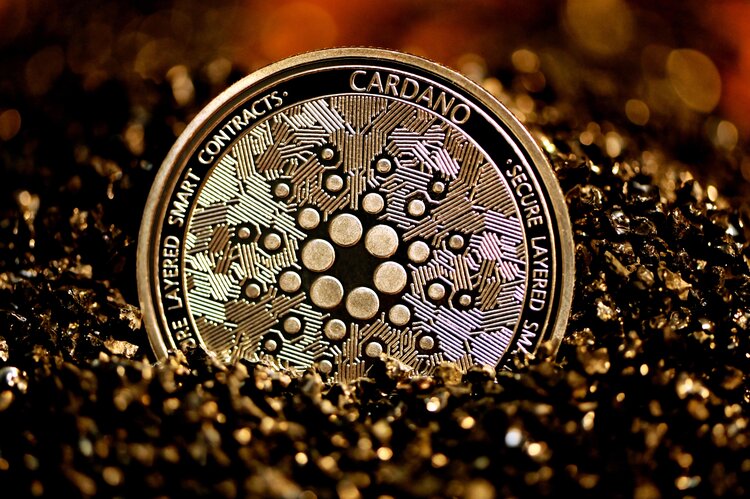- Ben Armstrong aka Bitboy releases a video on Cardano called “Cardano Starter Pack.”
- The video focuses on demystifying the hard language in the Cardano network.
- The analyst breaks down some of the common terminologies in his 8-minute-long video.
Ben Armstrong, aka BitBoy Crypto, a prominent crypto content creator on YouTube, has recently shared a video titled “Cardano Starter Pack” aimed at assisting users in gaining a better understanding of the ADA network.
The 8-minute video takes users through some of the hard-to-understand terminologies and breaks them down for common users.
Don’t be intimidated by Cardano. In the land of Cardano, science meets mythology, and there’s a whole new language to discover if you want to be prepared for the journey.
Armstrong stated that Cardano is a proof-of-stake blockchain that employs a unique consensus mechanism called Ouroboros. The term “Ouroboros” represents a symbolic representation of a snake or dragon consuming its own tail to create a circular or infinity symbol, mirroring the continuous and unbroken nature of a blockchain.
Talking about Haskell, Armstrong stated that Cardano developers utilize the Haskell programming language, distinguishing it from other blockchains that commonly rely on languages like Python or JavaScript as their foundation. Haskell, named after mathematician Haskell Curry, is one of the several distinctive features that sets Cardano apart in terms of its technical implementation.
Armstrong explains that Daedalus is a non-custodial wallet specifically designed for Cardano holders. It is considered one of the top choices for Cardano users looking to stake their ADA. Armstrong also mentioned that Daedalus is currently available only for desktop and exclusively supports ADA and other native tokens on the Cardano blockchain, with no compatibility for other blockchains.
As stated by Armstrong, Mithril is a concept inspired by the fictional metal found in JRR Token’s Middle Earth universe. In the context of Cardano, Mithril takes on a different meaning and signifies a lightweight mode designed to facilitate quick synchronization times for users.
Armstrong explains that Hydra, which is named after the mythical creature from Greek mythology, also focuses on scalability within the context of Cardano. Hydra is a network of layer 2 protocols designed to enhance the scalability of the Cardano blockchain. It employs a unique approach by creating multiple heads, just like the mythical creature, where each head is capable of independently processing a subset of transactions.
According to Armstrong, Voltaire plays a crucial role in Cardano’s governance by introducing a voting and treasury system. It empowers ADA holders to utilize their stake and voting rights in order to participate in key decisions regarding the future of the Cardano network.











